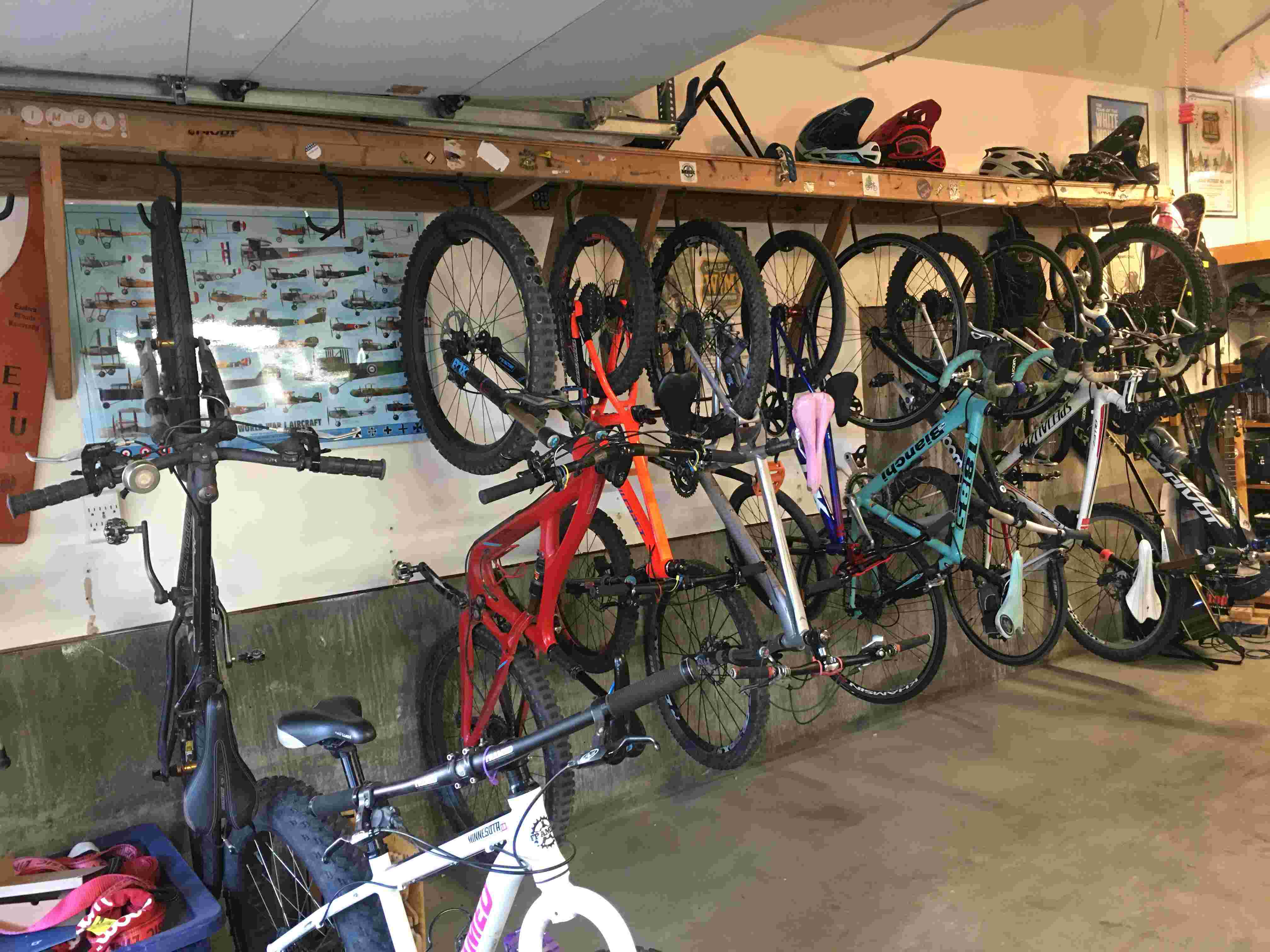

Articles
How To Store Bikes
Modified: January 18, 2024
Learn the best methods for storing your bikes with these informative articles. From indoor storage solutions to outdoor options, find the right approach for your needs.
(Many of the links in this article redirect to a specific reviewed product. Your purchase of these products through affiliate links helps to generate commission for Storables.com, at no extra cost. Learn more)
Introduction
Storing bikes properly is essential to maintain their longevity and functionality. Whether you are an avid cyclist or simply enjoy the occasional bike ride, finding the right storage solution for your bikes is key to keeping them safe, organized, and in excellent condition. In this article, we will explore various indoor and outdoor bike storage options, as well as provide maintenance tips to ensure your bikes remain in optimal shape.
When it comes to choosing a storage location for your bikes, it’s important to consider factors such as available space, accessibility, and security. Ideally, you want to find a spot that is dry, well-ventilated, and protected from extreme temperatures. Additionally, the storage area should be easily accessible so that you can effortlessly retrieve your bikes whenever you need them.
Let’s dive into the different bike storage options available for both indoor and outdoor use.
Key Takeaways:
- Proper bike storage and maintenance are essential for longevity and functionality. Consider factors like space, accessibility, and security when choosing storage options, and prioritize regular cleaning, lubrication, and rust prevention to keep your bikes in excellent condition.
- Whether opting for indoor or outdoor storage, selecting the right location and implementing proper maintenance techniques are crucial. From wall-mounted hooks to bike sheds, there are various options to suit your specific needs and ensure your bikes remain safe, organized, and ready for your next adventure.
Read more: How To Store A Bike
Choosing a Storage Location
Before delving into the specific bike storage options, it’s crucial to select an appropriate location for storing your bikes. Here are a few factors to consider when choosing a storage spot:
- Space: Evaluate the available space in your home or garage to determine the most suitable storage solution. You want to ensure that the storage area can accommodate all of your bikes without causing crowding or potential damage.
- Accessibility: Choose a location that allows for easy access to your bikes. This will save you time and effort when you need to retrieve them for a ride.
- Security: Consider the security of the storage area. If you’re storing your bikes indoors, ensure that the space is locked and protected from potential theft. For outdoor storage, opt for a spot that is well-lit and equipped with a sturdy lock or security system.
- Environment: Avoid storing your bikes in areas with extreme temperatures or high humidity levels. Extreme cold or heat can damage the bike’s components, while excessive moisture can lead to rust and corrosion.
- Proximity to Tools and Accessories: If you have bike tools or accessories that you frequently use, choose a storage location that is in close proximity to these items. This will make it convenient for you to perform maintenance or make adjustments when needed.
Once you have considered these factors, you can move onto selecting the most appropriate bike storage option that suits your needs and space limitations. Let’s explore some indoor and outdoor bike storage solutions that can help you keep your bikes safe and organized.
Indoor Bike Storage Options
When it comes to indoor bike storage, there are several options to choose from, depending on the available space and your preferences. Let’s take a look at some popular indoor bike storage solutions:
- Wall-Mounted Bike Hooks: Wall-mounted bike hooks are a simple and space-efficient way to store your bikes. These hooks are installed onto a wall, allowing you to hang your bikes vertically and free up floor space. It’s important to choose hooks that are sturdy and can securely hold the weight of your bikes.
- Ceiling-Mounted Bike Hoists: Ceiling-mounted bike hoists are an excellent choice if you have limited floor space. These hoists use a pulley system to lift and suspend your bike from the ceiling, keeping it out of the way. This option works well in garages or basements with higher ceilings.
- Freestanding Bike Racks: Freestanding bike racks are versatile and can be easily moved around. These racks come in various designs and can hold multiple bikes. They are an ideal option if you have more than one bike or if you frequently need to access your bikes.
- Bike Stands: Bike stands or bike storage stands provide a stable and upright storage solution for your bikes. These stands typically feature a frame or a clamp that securely holds your bike in place. They are compact and can fit in small spaces, making them a great choice for apartments or condos.
Now that we’ve covered indoor bike storage options, let’s explore outdoor storage solutions for when you need to keep your bikes outside.
Wall-Mounted Bike Hooks
Wall-mounted bike hooks are a popular and space-efficient option for indoor bike storage. These hooks are designed to securely hold and display your bikes on the wall, freeing up valuable floor space. Here are some key points to consider when using wall-mounted bike hooks:
- Choose the Right Hooks: When selecting bike hooks, make sure to choose ones that are sturdy and designed to hold the weight of your bikes. Look for hooks made from durable materials like steel or heavy-duty plastic. Additionally, consider hooks with rubber or padded coating to prevent scratches or damage to your bike frame.
- Proper Installation: It’s crucial to install the hooks correctly to ensure the safety of your bikes. Locate a stud in the wall to secure the hooks firmly. Using a stud finder can help you identify the right spot. If you’re unable to find a stud, use heavy-duty wall anchors or toggle bolts to provide additional support.
- Vertical or Horizontal Storage: Wall-mounted bike hooks come in different styles, allowing you to store your bikes vertically or horizontally. Vertical storage involves hanging the bike by the front wheel, while horizontal storage involves hanging the bike parallel to the wall. Choose the style that best suits your space and preference.
- Organize and Maximize Space: With wall-mounted bike hooks, you can create an organized and visually appealing display of your bikes. Consider hanging the bikes in a staggered or alternating pattern to maximize space and create a visually interesting arrangement. This can also help prevent handlebars and pedals from interfering with each other.
- Accessibility and Security: The advantage of wall-mounted bike hooks is easy accessibility. Ensure that the hooks are positioned at a height that allows you to easily lift and remove your bikes when needed. It’s also important to keep your bikes secure by using additional locking mechanisms, such as a bike lock, to deter theft.
Wall-mounted bike hooks are an excellent choice if you have limited floor space and want to keep your bikes organized and easily accessible. Remember to choose high-quality hooks and install them properly to ensure the safety of your bikes.
Ceiling-Mounted Bike Hoists
If you have limited floor space in your garage or storage area, ceiling-mounted bike hoists can be a fantastic solution for storing your bikes. These hoists allow you to suspend your bikes from the ceiling, keeping them out of the way while maximizing the use of vertical space. Here are some key points to consider when using ceiling-mounted bike hoists:
- Weight Capacity: Before installing a ceiling-mounted bike hoist, ensure that it can support the weight of your bikes. Different hoists have varying weight capacities, so check the manufacturer’s specifications to confirm that it can safely hold your bikes. It’s important not to exceed the weight limit to prevent damage or accidents.
- Installation: Proper installation is crucial to ensure the safety and stability of the hoist system. Follow the manufacturer’s instructions carefully and use the necessary hardware to attach the hoist to the ceiling joists or beams. If you’re unsure about the installation process, it’s advisable to seek the assistance of a professional or someone with experience in mounting bike hoists.
- Pulley System: Ceiling-mounted bike hoists utilize a pulley system to raise and lower the bikes. It’s important to ensure that the hoist system operates smoothly and securely. Check that the pulleys are in good condition and the ropes or straps are properly attached. Regularly inspect the system for any signs of wear or damage.
- Bike Positioning: When using a ceiling-mounted hoist, consider how you want to position your bikes. Different types of hoists allow for vertical or horizontal storage. Vertical storage involves lifting the bike by the saddle or handlebars, while horizontal storage suspends the bike parallel to the ceiling. Choose the positioning that best suits your space and ease of use.
- Safety Measures: Ensure that the hoist system is securely locked when the bikes are elevated. Some hoists have built-in locking mechanisms, while others require additional measures to prevent accidental lowering. It’s also a good idea to use additional locks or security devices on your bikes to deter theft.
Ceiling-mounted bike hoists are an excellent choice for maximizing vertical storage space and keeping your bikes safely out of the way. Just make sure to select a hoist with an appropriate weight capacity and install it correctly to ensure the safety and stability of your bikes.
Read more: How To Store Bike In Apartment
Freestanding Bike Racks
If you are looking for a versatile and portable solution for your indoor bike storage needs, freestanding bike racks are a great option. These racks come in various designs and can hold multiple bikes, making them ideal for households with multiple riders or limited space. Here are some key points to consider when using freestanding bike racks:
- Sturdy and Stable: When selecting a freestanding bike rack, prioritize one that is sturdy and stable. Look for racks made from durable materials like steel or aluminum, as they provide better stability and longevity. Ensure that the rack has a solid base and is designed to prevent tipping or wobbling when bikes are placed on it.
- Space Efficiency: Freestanding bike racks are designed to maximize space by vertically stacking the bikes. Look for racks that have adjustable arms or hooks, allowing you to customize the spacing between bikes. This way, you can fit bikes of different sizes and styles while optimizing space usage.
- Easy Assembly: Choose a freestanding bike rack that is easy to assemble and disassemble. Look for racks that require minimal tools and can be set up quickly. This feature is particularly useful if you need to move or store the rack temporarily.
- Portability: One advantage of freestanding bike racks is their portability. Look for racks that have wheels or are lightweight, making it easier to move them around as needed. This feature is especially beneficial if you want to reposition the rack or take it with you when traveling with your bikes.
- Add-Ons and Accessories: Some freestanding bike racks come with additional features or accessories to enhance functionality. Look for racks that have hooks or shelves for storing helmets, gloves, or other biking accessories. This will help you keep everything organized in one place.
Freestanding bike racks offer flexibility and convenience in storing multiple bikes while saving space. Whether you need a long-term storage solution or a rack that can be easily moved around, freestanding bike racks are a versatile option worth considering.
Bike Stands
If you are looking for a stable and convenient way to store your bike indoors, bike stands are an excellent option. Bike stands provide a dedicated space for your bike, keeping it upright and secure. Here are some key points to consider when using bike stands:
- Stability and Durability: When selecting a bike stand, prioritize one that is stable and made from durable materials. Look for stands that have a sturdy frame, as well as rubberized or padded surfaces to protect your bike’s frame from scratches. A stable stand ensures that your bike remains upright and doesn’t tip over accidentally.
- Compatibility: Bike stands come in different styles and designs, so ensure that the stand you choose is compatible with your bike’s frame and tire size. Some stands are adjustable and can accommodate various sizes and types of bikes, while others are designed for specific bike styles such as road bikes, mountain bikes, or fat bikes.
- Easy to Use: Look for bike stands that are easy to use and require minimal effort to secure your bike. Stands with a simple and intuitive design, such as those with a spring-loaded clamp or a gravity-based mechanism, make it quick and easy to park and remove your bike. Avoid stands that are complicated or time-consuming to set up.
- Space Efficiency: Bike stands are designed to be compact and efficient in their use of space. Look for stands that have a small footprint, allowing you to maximize the use of your floor space. Additionally, consider stands that can be folded or collapsed when not in use, making storage even more convenient.
- Additional Features: Some bike stands come with additional features for added convenience. Look for stands with built-in hooks or baskets to store accessories like helmets, gloves, or water bottles. This way, you can keep all your biking gear in one place, making it easily accessible when you need it.
Bike stands provide a reliable and secure storage solution for your bike while keeping it upright and organized indoors. By choosing a stand that is stable, compatible with your bike, and easy to use, you can ensure that your bike is stored safely and ready for your next ride.
Outdoor Bike Storage Options
If you don’t have enough indoor space or prefer to store your bikes outside, there are several outdoor storage options available to keep your bikes secure and protected. Here are some popular outdoor bike storage solutions:
- Bike Sheds: Bike sheds are standalone structures designed specifically for bike storage. These sheds are made from durable materials like metal or wood and provide a secure and weatherproof storage solution. Look for sheds with a lockable door and ample space to accommodate multiple bikes, as well as any bike accessories or tools you may need.
- Bike Covers: Bike covers are a simple and inexpensive way to protect your bikes from the elements when stored outdoors. These covers are made of weather-resistant material, such as nylon or polyester, and are designed to fit snugly over your bike. Look for covers with UV protection to prevent fading and deterioration of bike components. It’s important to properly secure the cover to prevent it from being blown off by wind or rain.
- Bike Lockers: Bike lockers are another option for outdoor bike storage, especially in communal living spaces or urban environments. These lockers provide an individual enclosed space to store your bike securely. Look for lockers with sturdy construction and a locking mechanism to prevent theft. Many bike lockers also come equipped with hooks or shelves for storing accessories and gear.
- Brick and Mortar Storage: If you have limited outdoor space, consider storing your bikes in a brick and mortar storage facility. These facilities often offer secure units in various sizes, allowing you to choose the one that fits your storage needs. Note that you may need to transport your bike to and from the facility, so ensure you have a suitable mode of transportation.
When selecting an outdoor storage option, prioritize bikes sheds or lockers that provide secure access and protection from the elements. Regardless of the option you choose, it’s important to perform regular maintenance on your bikes to ensure they remain in good working condition.
To store bikes, consider hanging them on wall-mounted hooks or using a freestanding bike rack to keep them off the ground and save space. This will also help prevent damage to the bikes and make them easily accessible.
Bike Sheds
If you’re looking for a dedicated outdoor storage solution for your bikes, a bike shed is an excellent option. Bike sheds are standalone structures designed specifically for bike storage, providing a secure and weatherproof space to keep your bikes protected. Here are some key points to consider when using bike sheds:
- Durability and Weatherproofing: When selecting a bike shed, prioritize one that is made from durable materials like metal or wood. These materials offer excellent protection against the elements and ensure the longevity of the shed. Look for sheds that are weatherproof and resistant to rust, corrosion, and UV damage.
- Size and Capacity: Consider the number of bikes you need to store and choose a shed with adequate capacity. Bike sheds come in various sizes, ranging from small sheds that can hold a few bikes to larger ones that can accommodate several bikes and additional equipment. Ensure that the shed provides enough space for maneuvering and accessing your bikes comfortably.
- Security Features: Bike sheds should have secure locking mechanisms to prevent theft and unauthorized access. Look for sheds that feature strong locks, reinforced doors, and possibly even alarms or surveillance systems for added security. It’s also important to ensure that the shed is sturdy and difficult to break into.
- Ventilation: Proper ventilation is crucial in preventing moisture build-up and the development of mold or mildew inside the shed. Look for sheds with ventilation features such as vents or windows, which allow for air circulation and help maintain a dry environment for your bikes.
- Organization and Accessibility: Consider the layout and organization options within the shed. Look for sheds that have hooks, racks, or shelves to keep your bikes and accessories organized. Adjustable shelving or wall-mounted storage solutions can help maximize the use of space and provide easy access to your bikes and gear.
- Location and Installation: Choose a suitable location for the bike shed in your outdoor space. Ensure that it is easily accessible and doesn’t obstruct pathways or other areas. When installing the shed, follow the manufacturer’s instructions carefully and make sure it is securely anchored to the ground for stability and resistance to strong winds.
Bike sheds provide a dedicated and secure storage solution for your bikes, protecting them from the elements and potential theft. By choosing a durable shed with the right size, security features, and proper ventilation, you can ensure that your bikes remain safe and in excellent condition for years to come.
Read more: How To Store Bikes In An Apartment
Bike Covers
If you need to store your bikes outdoors but don’t have the space or budget for a dedicated shed or locker, bike covers are a practical and affordable option to protect your bikes from the elements. Bike covers are made of weather-resistant materials and are designed to fit snugly over your bikes, providing a protective barrier against rain, UV rays, dust, and other outdoor elements. Here are some key points to consider when using bike covers:
- Weather Resistance: Look for bike covers made of durable and water-resistant materials, such as nylon or polyester. These materials repel water and help keep your bikes dry even during heavy rain or snow. Ensure that the cover has sealed seams and provides full coverage for your bike, including the wheels and handlebars.
- UV Protection: The sun’s UV rays can cause fading, discoloration, and deterioration of bike components. Choose a bike cover with UV protection to shield your bikes from harmful sun exposure. Covers with a UV-resistant coating or those made with reflective materials are especially effective in preventing sun damage.
- Proper Fit: It’s crucial to choose a bike cover that properly fits your bike’s size and style. Look for covers that offer a range of sizes to accommodate different types of bikes, including road bikes, mountain bikes, or even bikes with baskets or racks. A well-fitting cover prevents excess flapping or sagging, ensuring maximum protection.
- Secure Fastening: Select a bike cover that has a secure fastening mechanism to keep it in place, even during strong winds or storms. Look for covers that feature adjustable straps, elastic hems, or buckles for a snug and secure fit. Additionally, consider covers with built-in grommets that allow you to lock the cover to your bike or a stationary object, providing an added layer of security.
- Easy to Use and Store: Look for bike covers that are easy to use and can be quickly put on or taken off your bike. Covers that fold compactly and come with a storage bag are convenient for transportation or when you need to bring the cover with you on outdoor adventures.
Bike covers offer a cost-effective solution for protecting your bikes when stored outdoors. By choosing a weather-resistant cover that fits properly and has UV protection, you can prolong the lifespan of your bikes and keep them in excellent condition, ready for your next ride.
Bike Lockers
If you live in a communal space or urban environment and need secure outdoor bike storage, bike lockers are an excellent option. Bike lockers provide individual, enclosed spaces to store your bike, offering protection against theft, vandalism, and the elements. Here are some key points to consider when using bike lockers:
- Security: Bike lockers are designed with security in mind. Look for lockers made from sturdy materials, such as steel or reinforced plastic, that are tamper-proof and difficult to break into. Some lockers feature built-in locking mechanisms or compatibility with high-security padlocks, ensuring that only authorized users can access your bike.
- Durability and Weather Resistance: Choose lockers that are weatherproof and can withstand various outdoor elements. Look for lockers with proper sealing to keep moisture out and prevent rust or corrosion on your bike. Additionally, opt for lockers with ventilation features to allow for air circulation and prevent the buildup of moisture inside the locker.
- Size and Capacity: Consider the dimensions and capacity of the lockers. Ensure that the locker you choose is large enough to accommodate your bike and any accessories or equipment you wish to store alongside it. Some lockers come in different sizes, offering options for single bikes or even multiple bike storage.
- Accessibility: Evaluate how easily you can access your bike from the locker. Look for lockers that provide convenient access through hinged doors or panels that open smoothly. Some lockers also offer features like hooks or shelves inside, allowing you to organize and store additional gear or accessories alongside your bike.
- Location and Installation: Choose an appropriate location for the bike locker in your outdoor space. Look for a level and stable surface, away from potential hazards or obstructions. During installation, ensure that the locker is properly anchored to the ground using approved methods, giving it additional stability and resistance to theft or vandalism.
- Community Considerations: In communal living spaces, bike lockers may have regulations or guidelines to follow. Be aware of any rules regarding locker usage, permissions, or allotted storage times. Work cooperatively with your community to ensure that the lockers are well-maintained and accessible for all users.
Bike lockers offer a secure and convenient outdoor storage solution, ensuring the safety and protection of your bike. By choosing a durable locker that provides ample space and convenient accessibility, you can have peace of mind knowing that your bike is stored securely.
Maintenance Tips for Storing Bikes
Proper maintenance is essential to keep your bikes in excellent condition, even when they are in storage. Here are some maintenance tips to consider when storing your bikes:
- Cleaning and Lubricating the Bike: Before storing your bike, give it a thorough cleaning. Remove any dirt, mud, or debris that may have accumulated during your rides. Use a gentle cleaner and a soft brush to clean the frame, chain, gears, and other components. Once clean, make sure to lubricate the chain and other moving parts to prevent rust and ensure smooth operation.
- Checking Tire Pressure and Suspension: It’s important to check and adjust the tire pressure when storing your bikes. Proper tire pressure helps maintain the shape of the tires and prevents flat spots. Additionally, if your bike has suspension forks or shock absorbers, make sure to check and adjust the suspension according to the manufacturer’s recommendations to prevent damage or loss of performance.
- Preventing Rust and Corrosion: To protect your bike from rust and corrosion, store it in a dry environment free from excessive moisture. If storing outdoors, consider using a bike cover or placing it in a bike shed or locker to provide an additional layer of protection. Applying a thin layer of rust inhibitor or bike-specific protectant on metal surfaces can also help prevent corrosion during storage.
- Checking and Adjusting Component Position: Before storing your bike, check and adjust the position of various components such as the handlebars, saddle, and pedals. Ensure that they are tightened securely and properly aligned. This will help maintain the bike’s overall balance and prevent any shifting or misalignment during storage.
- Regular Inspections: Make it a habit to inspect your stored bikes periodically, even if they are not being used regularly. Check for any signs of wear and tear, loose bolts or screws, or other potential issues. Address any problems promptly to prevent further damage and ensure the bike is ready for your next ride.
- Proper Storage Position: When storing your bike, consider the most suitable position based on your available space and storage options. Vertical bike storage using wall-mounted hooks or stands can save space and prevent damage to wheels and components. If using a horizontal position, make sure to use a stand or padding to protect the bike and distribute the weight evenly.
By following these maintenance tips, you can ensure that your bikes remain in excellent condition during storage. Regular cleaning, proper lubrication, and preventive measures against rust will keep your bikes ready for the next adventure when you take them out of storage.
Cleaning and Lubricating the Bike
When storing your bike, it’s important to give it a thorough cleaning and apply proper lubrication. This helps protect the bike’s components, prevent corrosion, and ensure smooth operation when you’re ready to ride again. Here are some steps to follow for cleaning and lubricating your bike:
- Cleaning: Start by removing any accessories or attachments from your bike, such as water bottle holders or saddlebags. Use a gentle cleaner or bike-specific degreaser to clean the frame, handlebars, fork, gears, chain, and other components. A soft brush or sponge can be used to remove stubborn dirt or grime. Pay close attention to areas where dirt and debris can accumulate, such as the cassette, chainrings, and derailleur pulleys.
- Rinsing: Once you have cleaned the bike, rinse it thoroughly with water to remove any remaining cleaner or degreaser. Use a hose or a bucket with clean water to rinse off the bike, making sure to remove all traces of cleaning agents. Be careful not to use excessive water pressure, as this can force water into delicate parts like bearings or the bottom bracket.
- Drying: After rinsing, dry your bike thoroughly using a clean, soft cloth or a towel. Pay special attention to drying the chain and other metal components, as leftover moisture can lead to rust. You can also use compressed air to remove water from hard-to-reach areas or to speed up the drying process.
- Lubricating: Once the bike is dry, it’s time to apply lubrication. Use a high-quality bike-specific lubricant and apply it to the chain, derailleur pulleys, cables, and other moving parts. Move the pedals or shift through the gears to ensure that the lubricant reaches all areas. Wipe off any excess lubricant to prevent attracting dirt or dust.
- Protecting the Frame: Consider applying a protective coating or wax to the frame to protect it from scratches or UV damage. Bike-specific frame protectants or car wax can help maintain the paintwork and keep your bike looking its best.
Regular cleaning and lubrication not only keep your bike in good condition during storage, but also optimize its performance and lifespan when you’re ready to ride again. It’s recommended to follow a regular cleaning routine throughout the year, especially after riding in muddy or wet conditions. By taking the time to clean and lubricate your bike before storage, you’ll be rewarded with a bike that’s ready to hit the road or trail once you retrieve it from storage.
Read more: How To Store Bikes In A Shed
Checking Tire Pressure and Suspension
When storing your bike, it’s important to check and adjust the tire pressure and suspension to maintain optimal performance and prevent potential damage. Here are some steps to follow when checking your bike’s tire pressure and suspension:
- Tire Pressure:
- Start by using a reliable tire pressure gauge to check the current pressure of each tire. The recommended tire pressure can usually be found imprinted on the sidewall of the tire or in the user manual of the bike.
- If the tire pressure is below the recommended level, use a bike pump with a pressure gauge to inflate the tires accordingly. Inflate the tires in small increments while regularly checking the pressure to avoid overinflation.
- Proper tire pressure is crucial for maintaining the shape of the tires and ensuring a comfortable and efficient ride. It also helps prevent pinch flats and improves traction on different surfaces.
- Remember to address any signs of damage or wear on the tires and replace them if necessary. Inspect for cuts, bulges, or excessive wear that could compromise the tire’s integrity.
- Suspension:
- If your bike has suspension forks or a rear shock, it’s essential to check and adjust the suspension according to the manufacturer’s recommendations.
- Start by checking the sag, which is the amount of compression the suspension settles into when your weight is on the bike. Refer to your suspension’s user manual or the manufacturer’s guidelines for the proper sag measurement.
- Use a suspension pump with a pressure gauge to adjust the air pressure in the forks or shock. Add or release air as needed to achieve the recommended sag percentage.
- Ensure that the rebound and compression settings of your suspension are adjusted appropriately for your riding style and terrain. These settings control the speed at which the suspension extends and compresses.
- Regularly inspect the suspension components for any signs of damage, leaks, or excessive wear. Address any issues promptly and consult a professional if necessary.
By regularly checking and maintaining the tire pressure and suspension of your bike, you can ensure optimal performance and safety. Well-inflated tires provide better traction and rolling efficiency, while properly adjusted suspension enhances comfort and control. Always refer to the manufacturer’s guidelines for specific recommendations on tire pressure and suspension adjustments for your bike model.
Preventing Rust and Corrosion
When storing your bike, taking steps to prevent rust and corrosion is crucial for maintaining its longevity and performance. Rust and corrosion can damage key components of your bike, leading to decreased functionality and potential safety hazards. Here are some tips to help prevent rust and corrosion:
- Store in a Dry Environment: Moisture is one of the main contributors to rust and corrosion. If possible, store your bike in a dry environment, away from excessive humidity or dampness. Avoid storing your bike outdoors or in areas prone to moisture, such as basements with water leakage issues.
- Use a Bike Cover or Shelter: If you must store your bike outdoors, consider using a bike cover or storing it in a bike shed or shelter. A bike cover provides an added layer of protection from rain, snow, and other external elements, preventing moisture from coming into direct contact with the bike’s surfaces.
- Apply Protective Coatings: Consider applying a thin layer of rust inhibitor or bike-specific protectant on exposed metal surfaces. These coatings create a barrier that blocks moisture and prevents oxidation. Focus on areas such as the frame, handlebars, fork, and any other components that are susceptible to rust or corrosion.
- Frequent Cleaning and Drying: Regularly clean your bike with a gentle cleaner or bike-specific degreaser to remove dirt, salt, and other debris that can contribute to rust. After washing, make sure to thoroughly dry your bike, paying extra attention to the chain, gears, and other metal parts. Use a clean, dry cloth or towel to remove excess moisture.
- Lubricate Moving Parts: Proper lubrication not only enhances the performance of your bike but also helps prevent rust. Apply a thin layer of bike-specific lubricant to the chain, derailleurs, cables, and other moving parts to reduce friction and protect them from moisture. Wipe off any excess lubricant to avoid attracting dirt and dust.
- Regular Inspections: Conduct regular inspections of your bike, even when it’s in storage. Look for signs of rust, corrosion, or any areas where the protective coatings may have worn off. Address any issues promptly to prevent further damage and ensure the longevity of your bike.
By following these rust and corrosion prevention tips, you can keep your bike in excellent condition during storage and protect its key components. A proactive approach to preventing rust will help maintain the performance and appearance of your bike, prolonging its lifespan and ensuring that it’s ready for your next ride.
Conclusion
Properly storing your bikes is essential for maintaining their longevity and functionality. By choosing the right storage solution and implementing proper maintenance techniques, you can keep your bikes safe, organized, and in excellent condition.
When selecting a storage location, consider factors such as available space, accessibility, and security. Indoor storage options include wall-mounted bike hooks, ceiling-mounted bike hoists, freestanding bike racks, and bike stands. Outdoor storage options consist of bike sheds, bike covers, bike lockers, or utilizing brick and mortar storage facilities.
Maintaining your bikes during storage requires regular cleaning and lubrication. Ensure that your bikes are free from dirt and grime, and apply lubricant to moving parts to prevent rust and ensure smooth operation. Checking tire pressure, suspension, and protecting against rust and corrosion are all vital tasks to perform before storing your bikes.
Remember to conduct regular inspections of your bikes, even when they are in storage. Look for any signs of wear, rust, or damage, and address them promptly to prevent further deterioration. By taking the time to properly store and maintain your bikes, you’ll be able to enjoy many miles of trouble-free riding in the future.
Whether you have limited indoor space or need secure outdoor storage, there are options available to suit your specific needs. Consider the available space, accessibility, and security measures when selecting the storage solution that works best for you.
In conclusion, by choosing the appropriate storage location, implementing proper maintenance techniques, and investing in suitable storage solutions, you can ensure that your bikes are protected, organized, and ready for your next adventure. Taking the time to care for and properly store your bikes will ensure their longevity and enhance your cycling experience for years to come.
Frequently Asked Questions about How To Store Bikes
Was this page helpful?
At Storables.com, we guarantee accurate and reliable information. Our content, validated by Expert Board Contributors, is crafted following stringent Editorial Policies. We're committed to providing you with well-researched, expert-backed insights for all your informational needs.
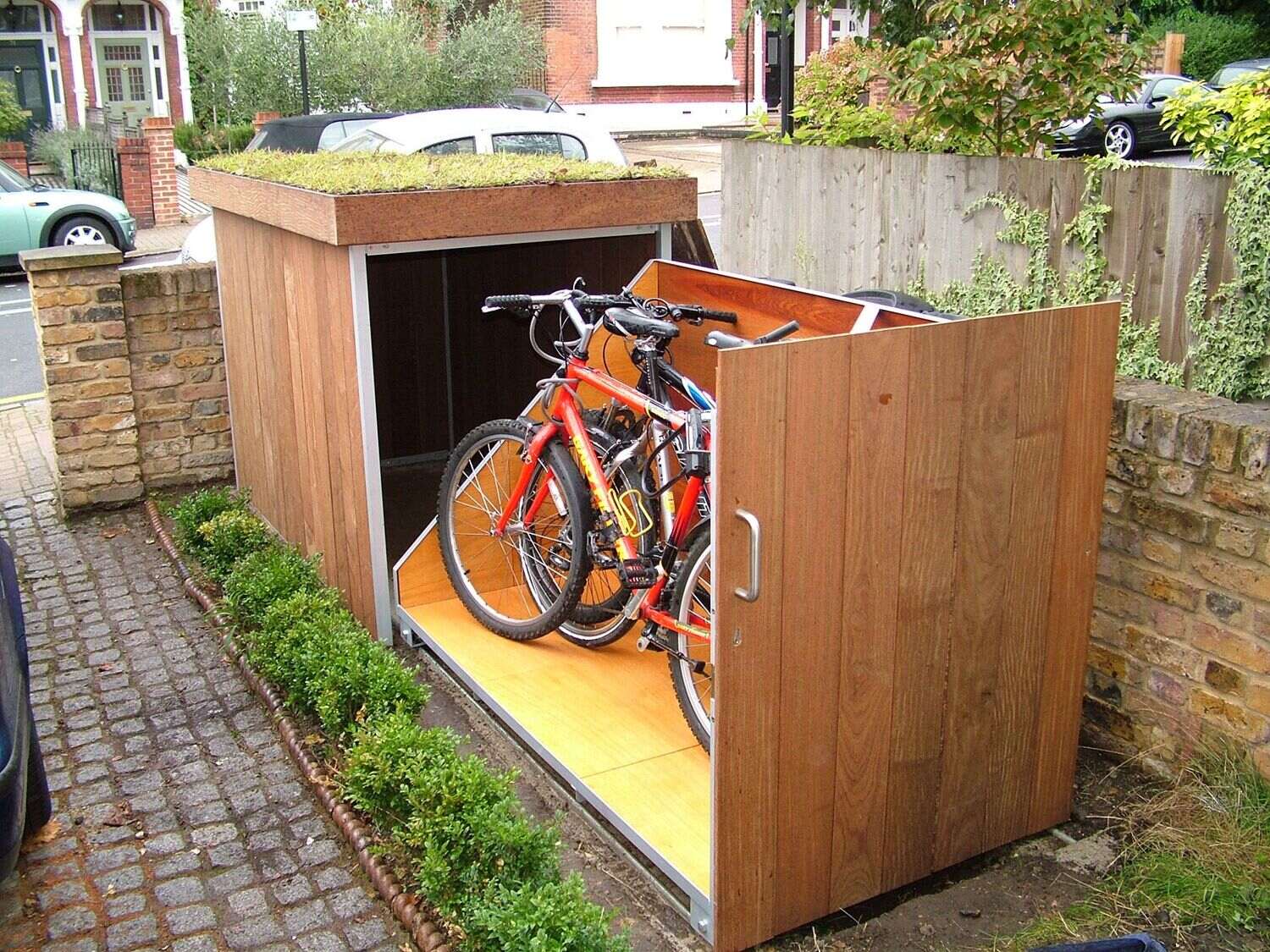
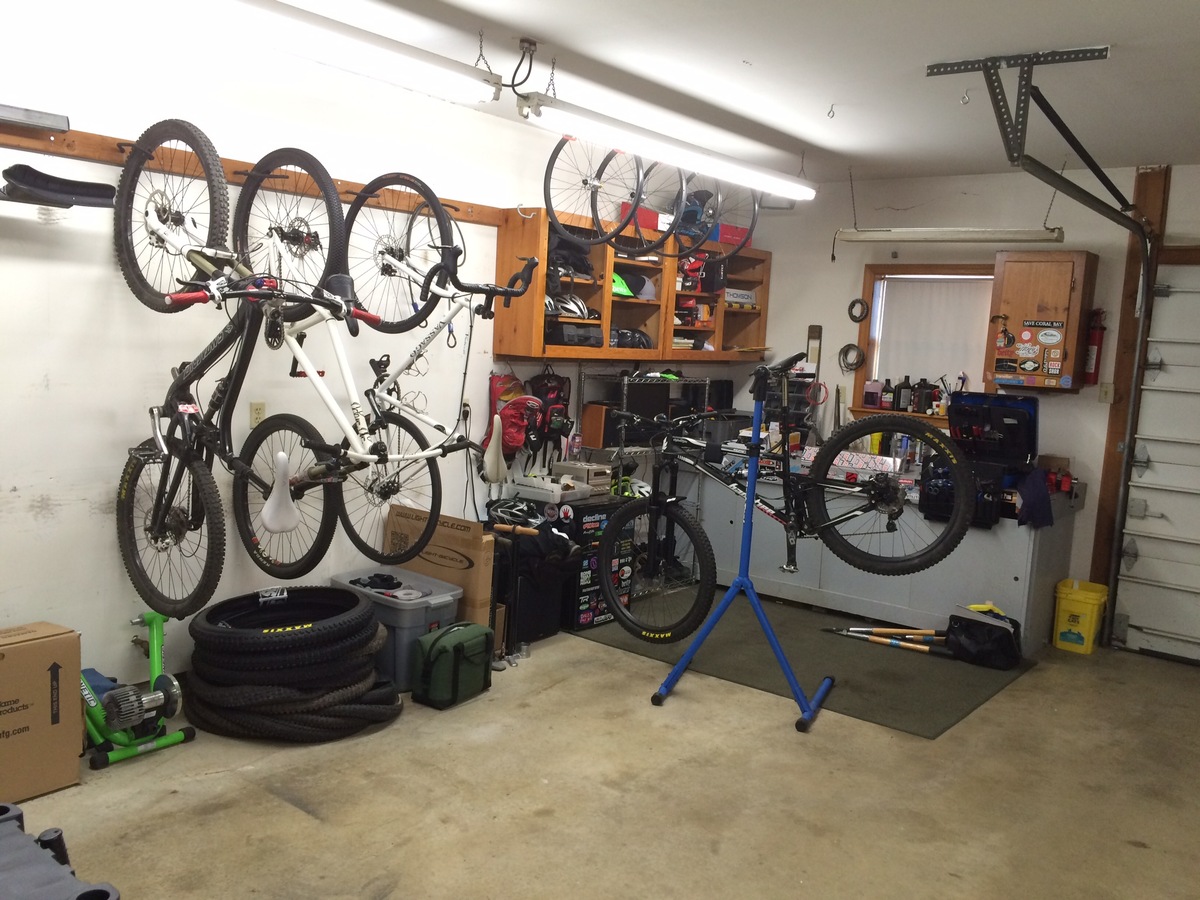
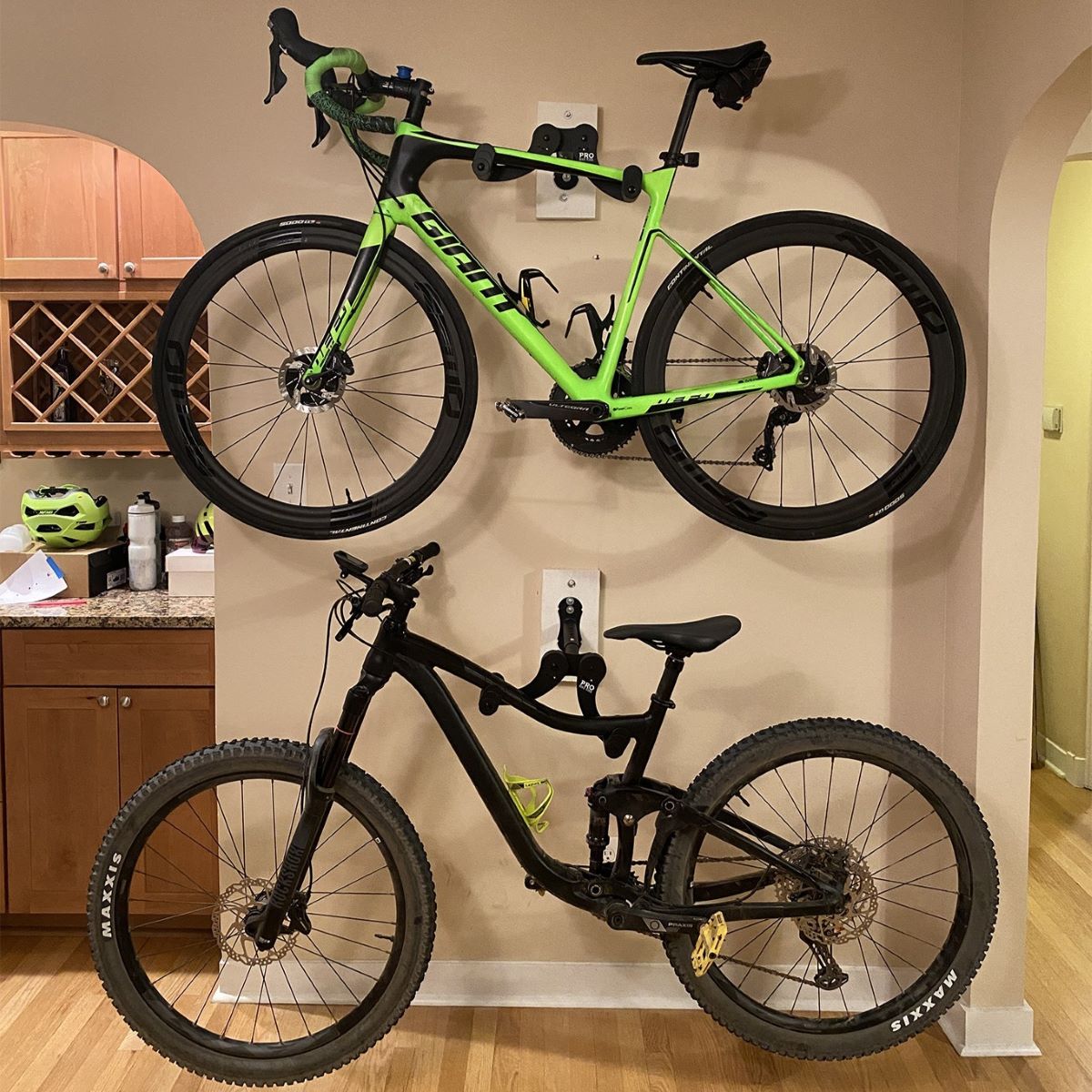
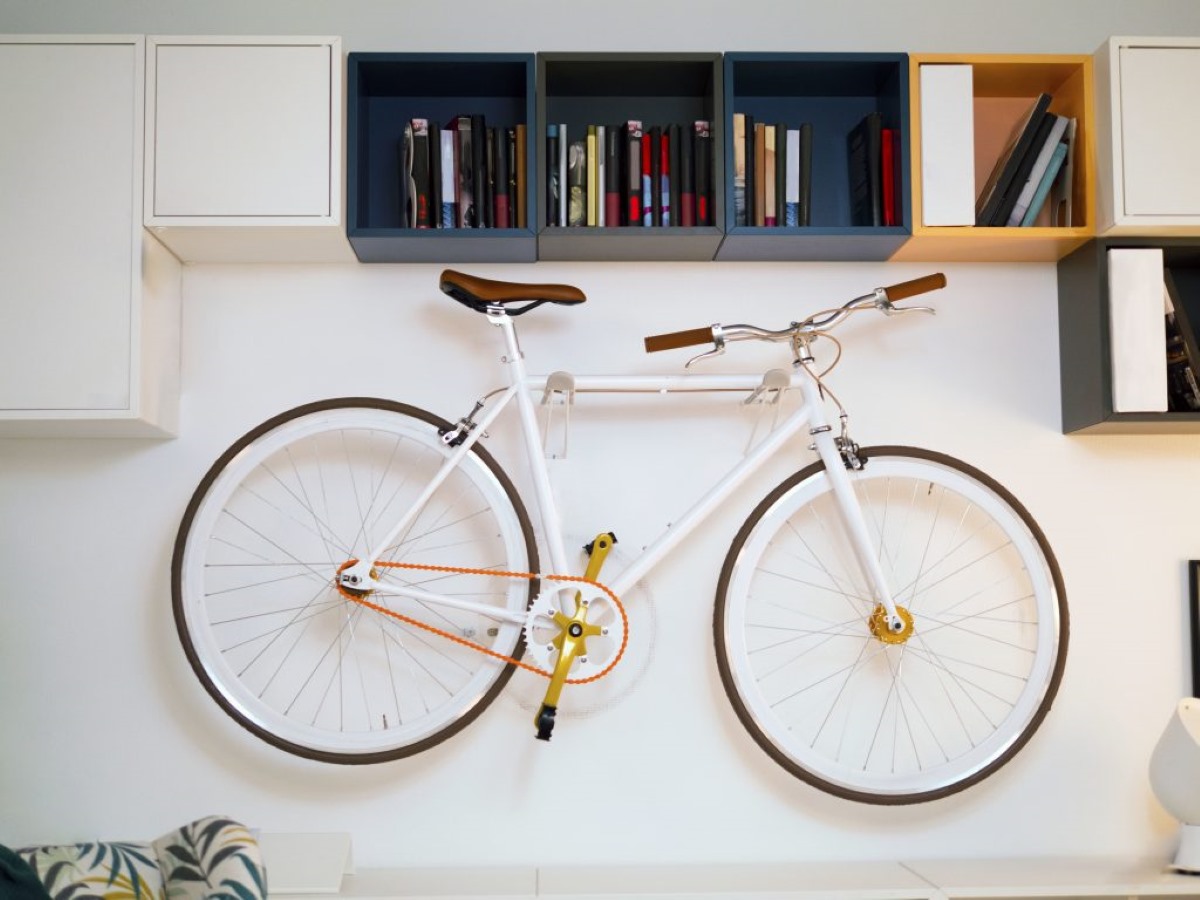
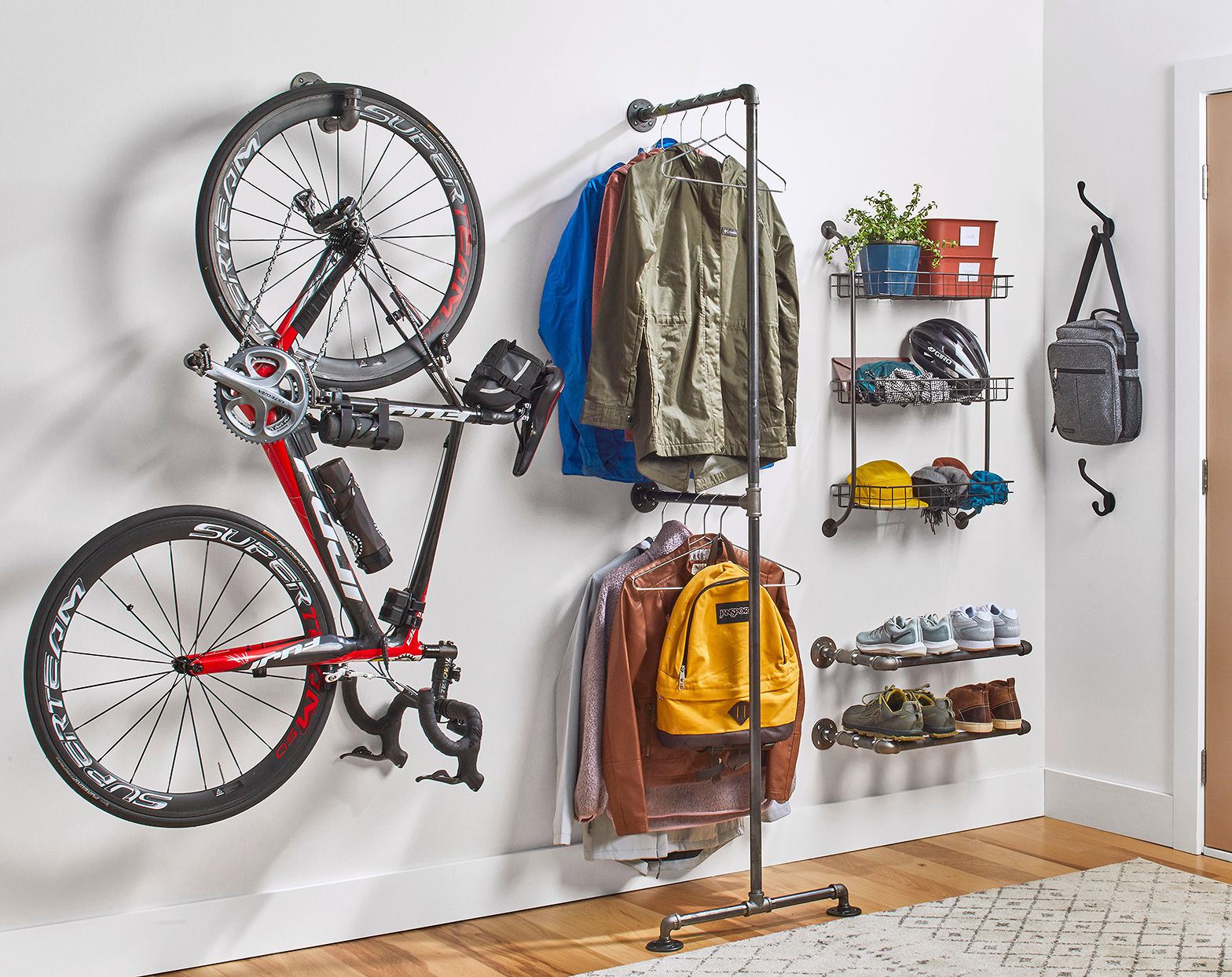
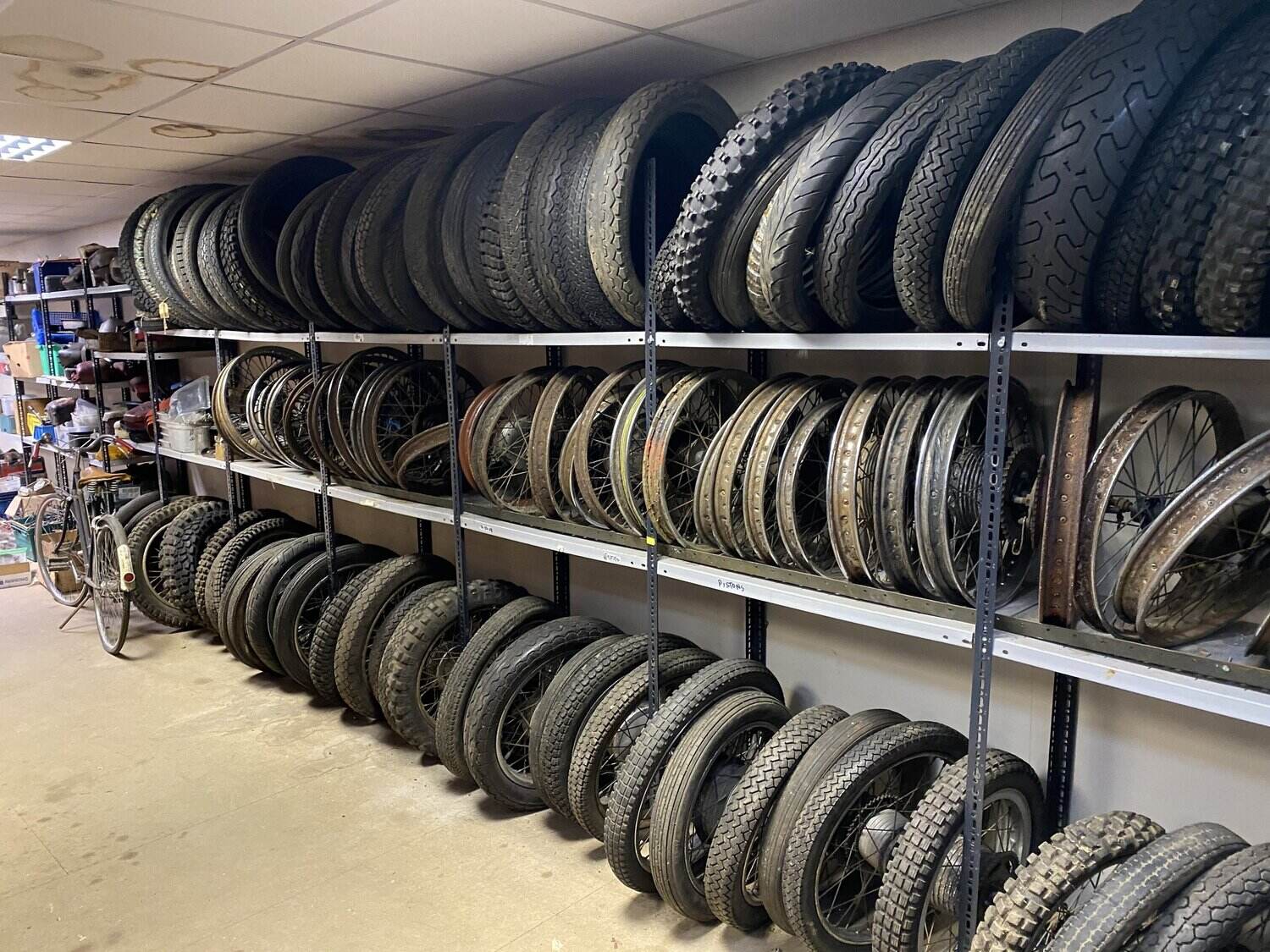
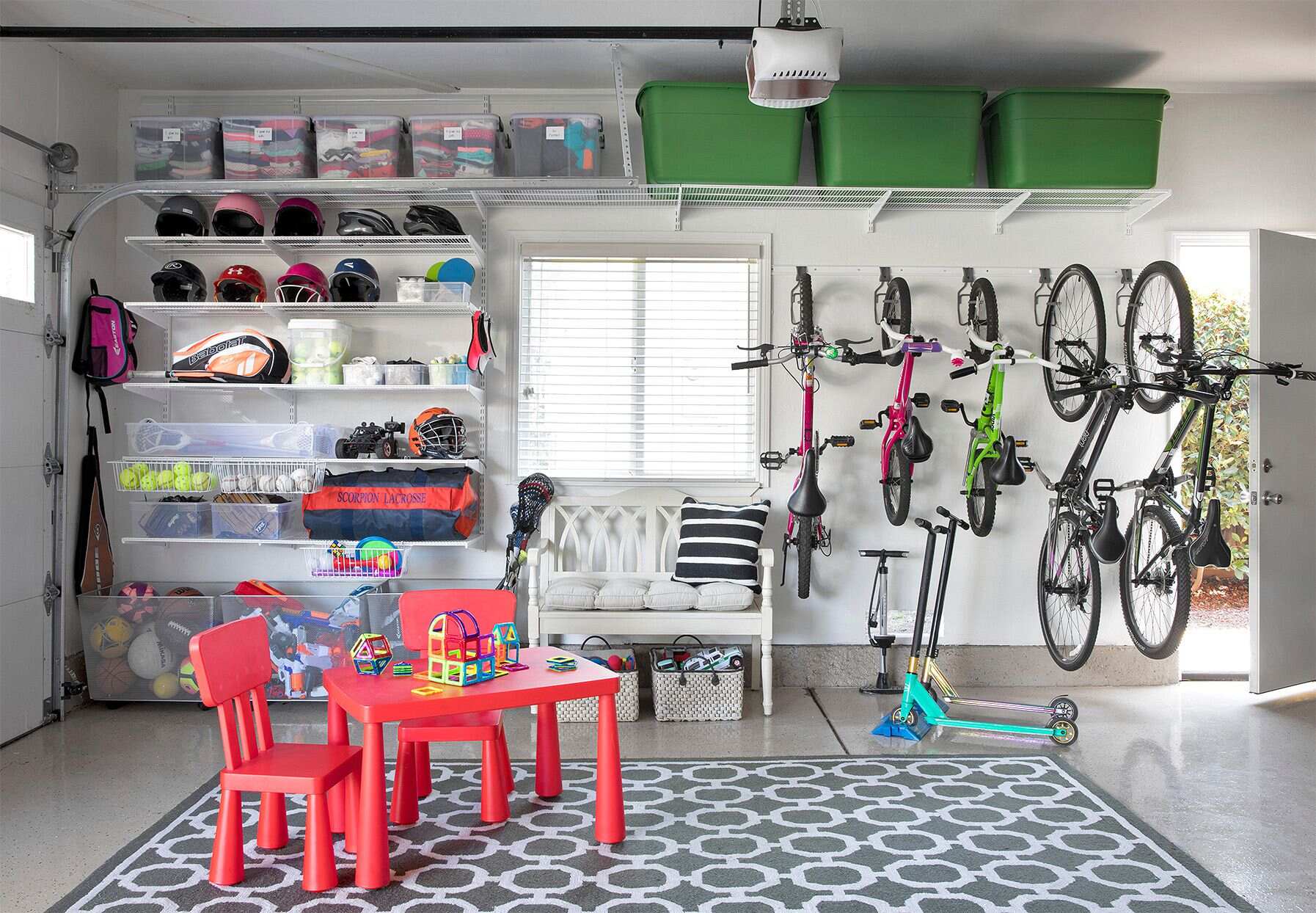
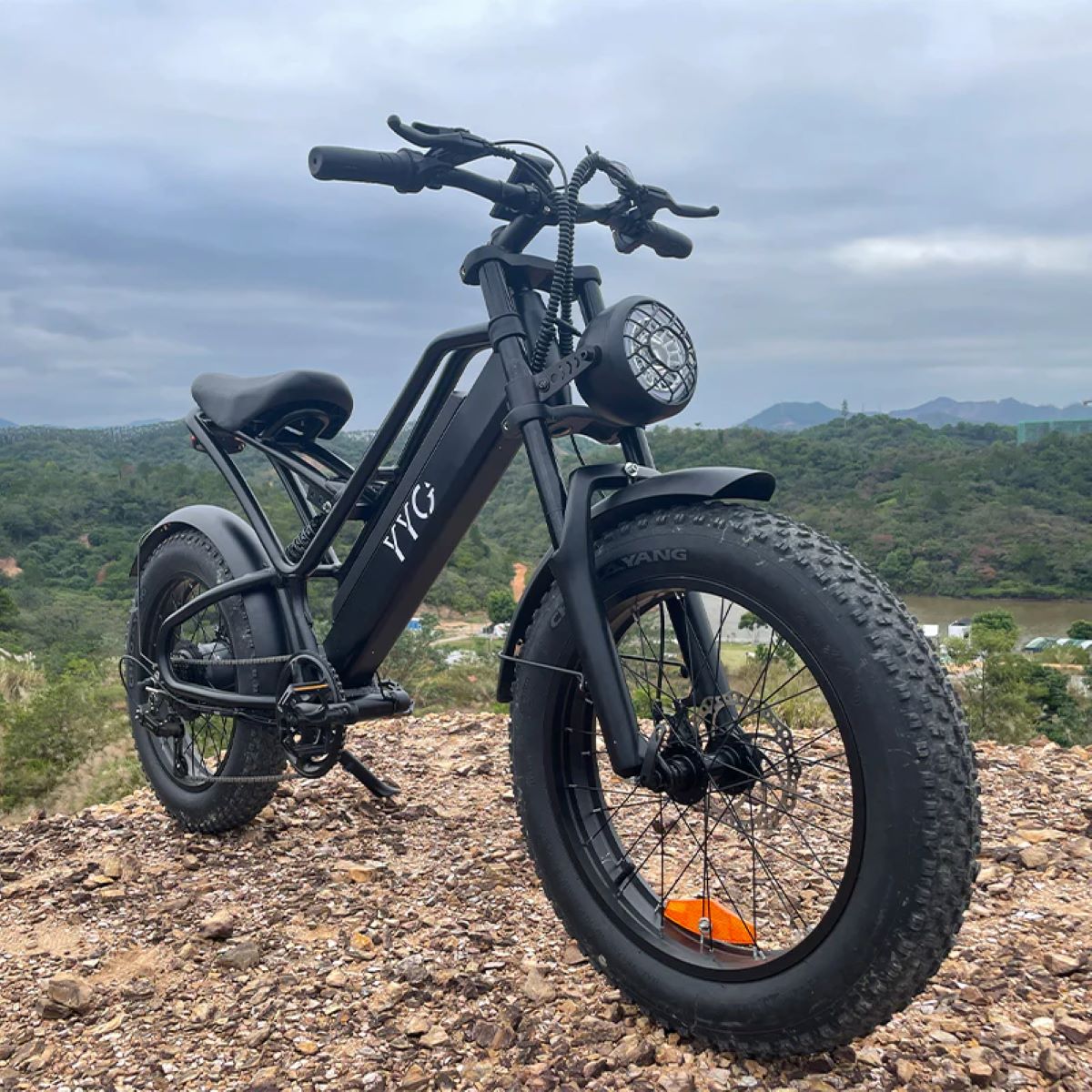
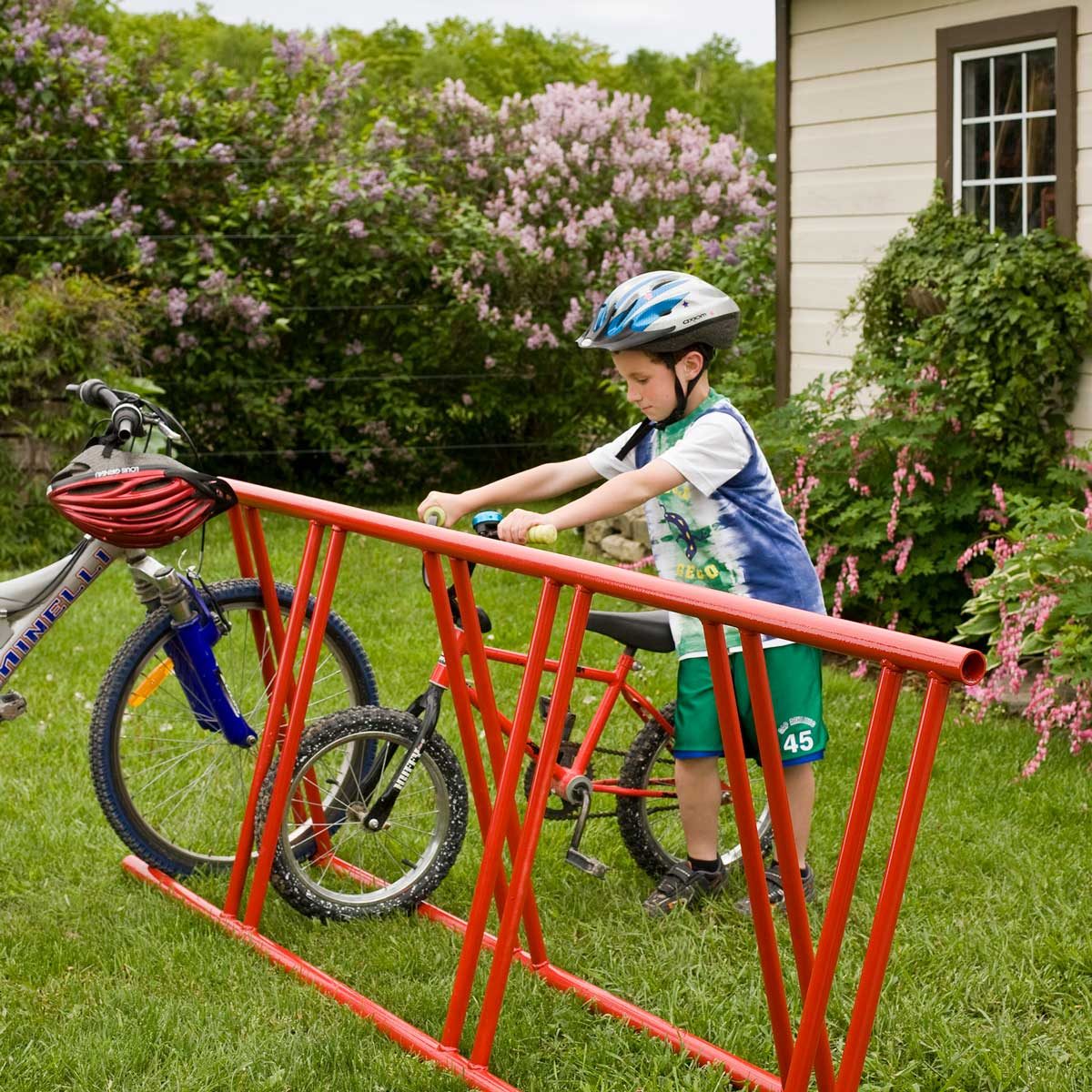
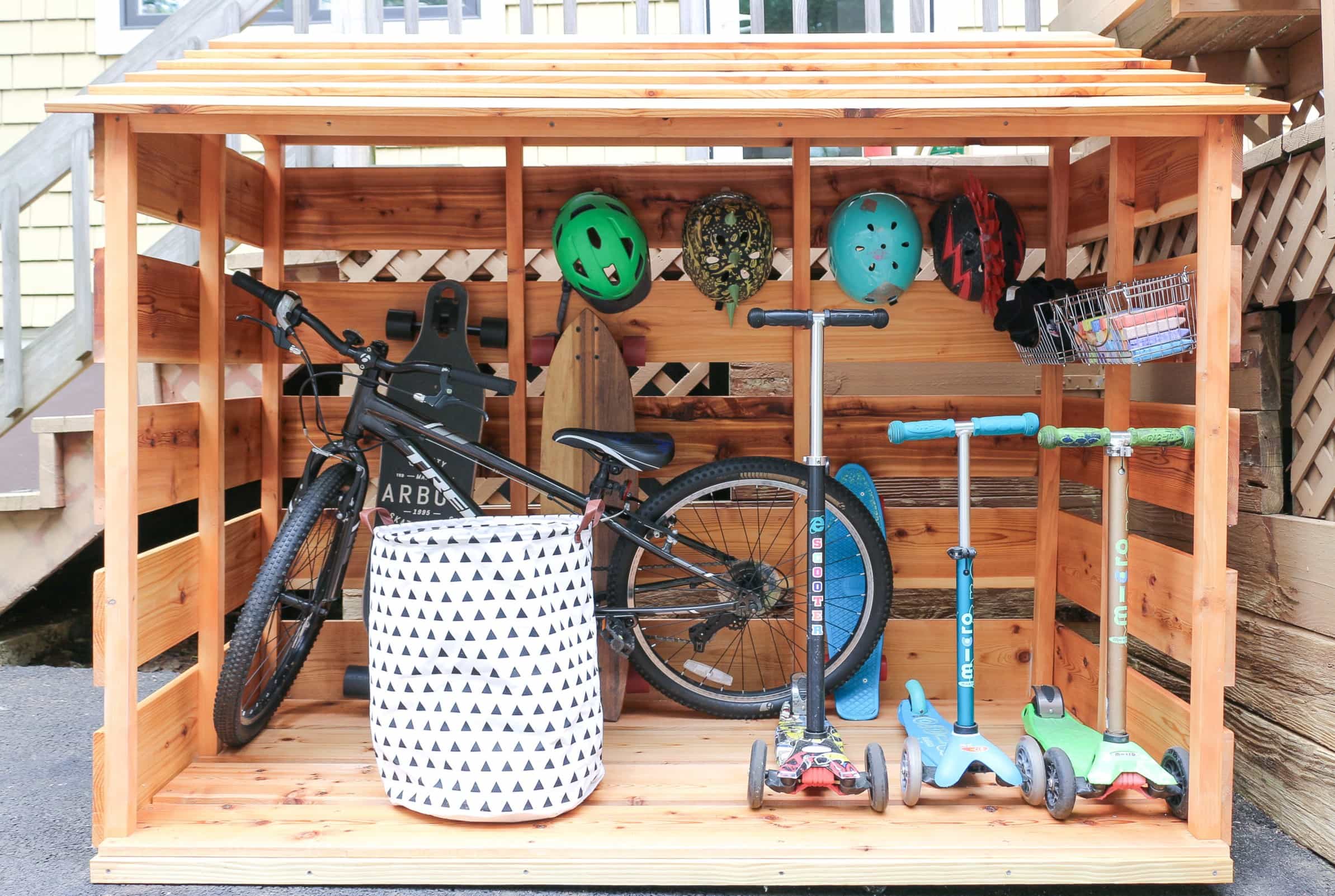
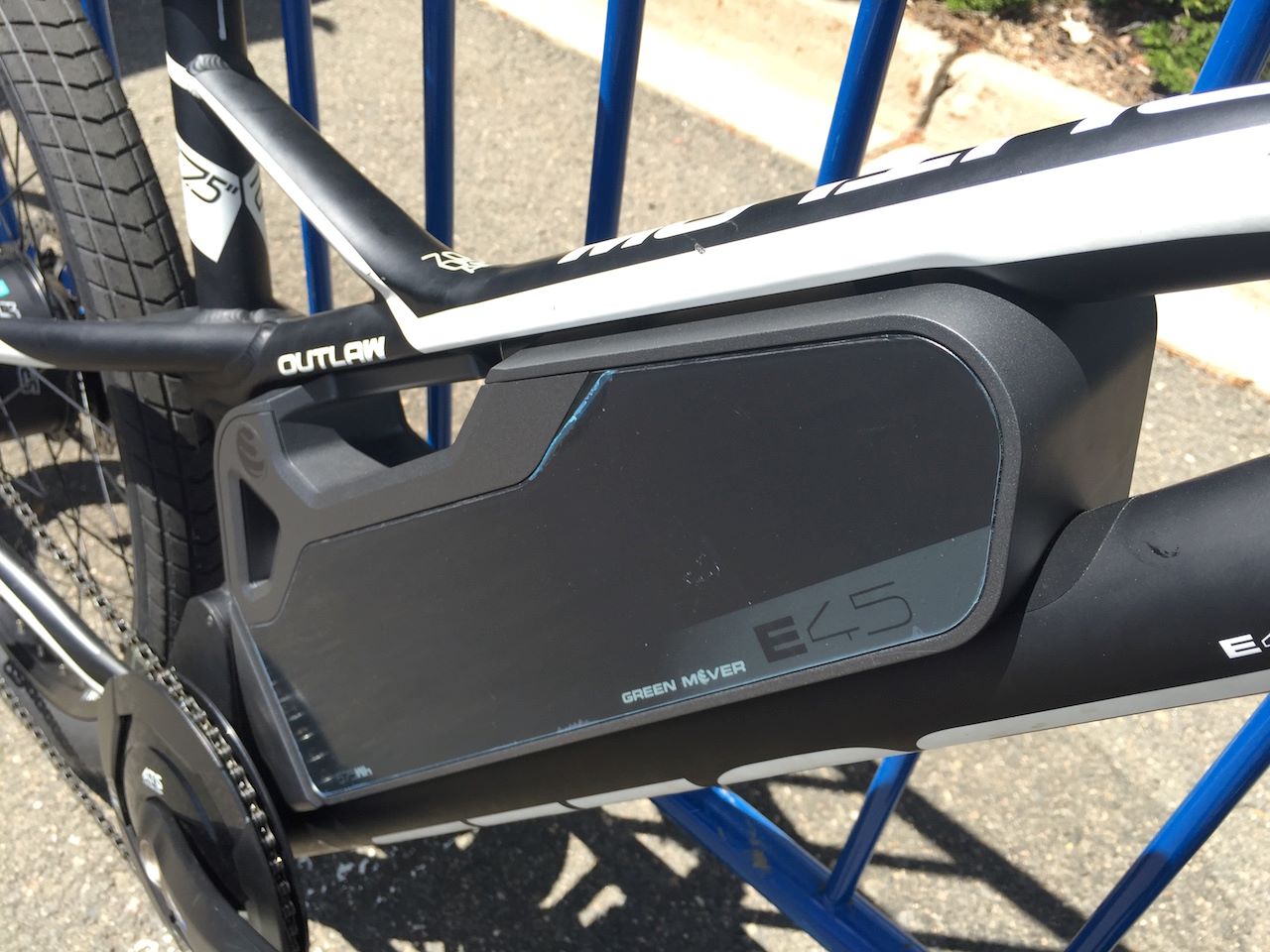
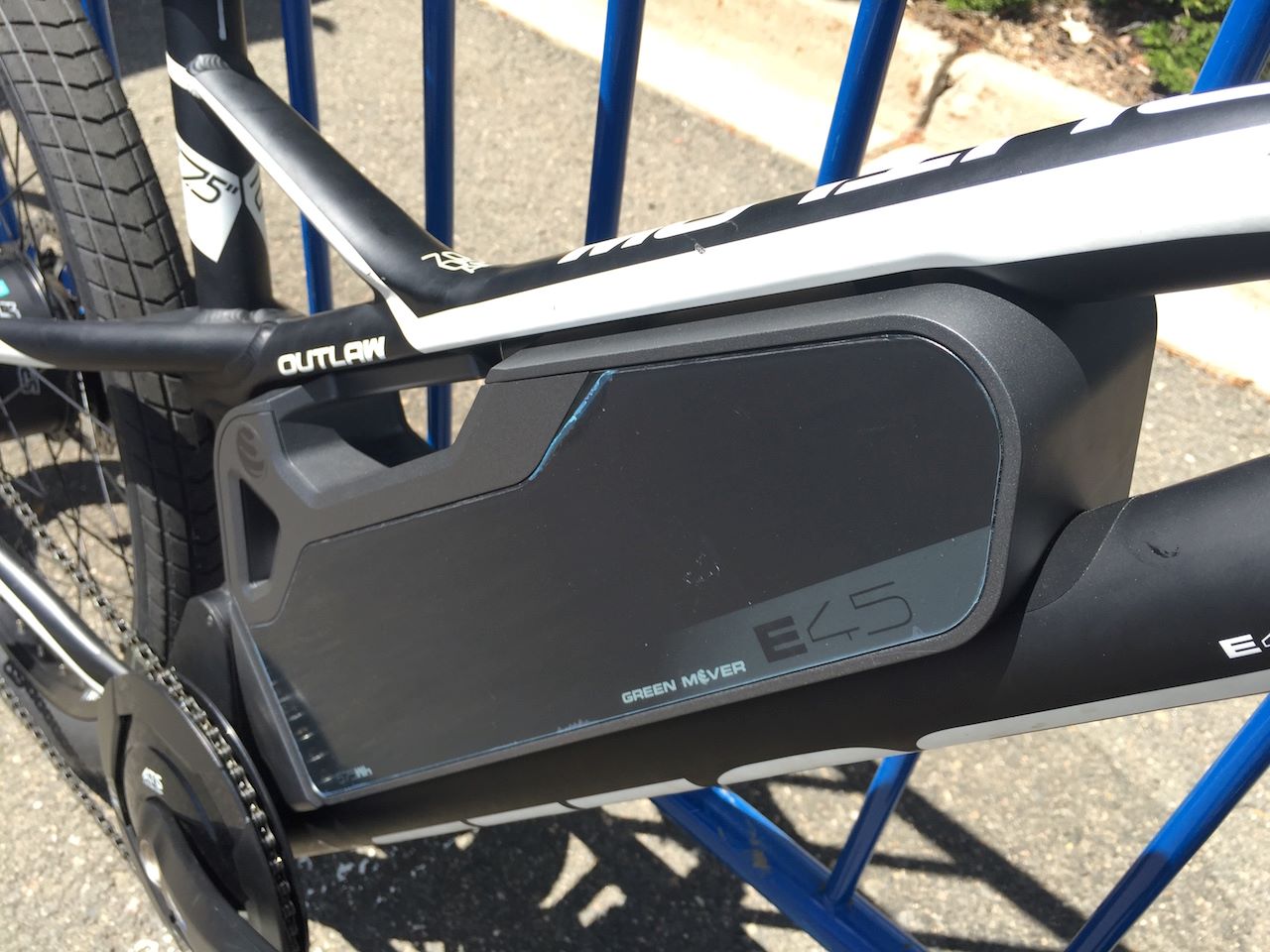

0 thoughts on “How To Store Bikes”